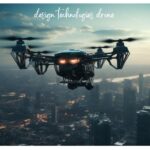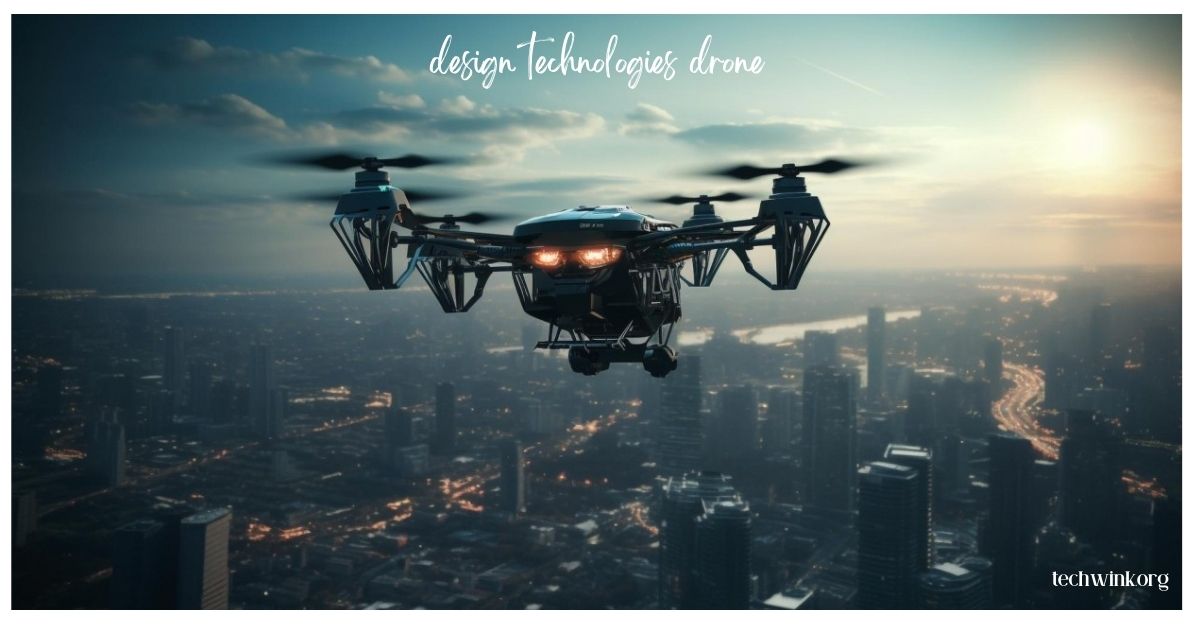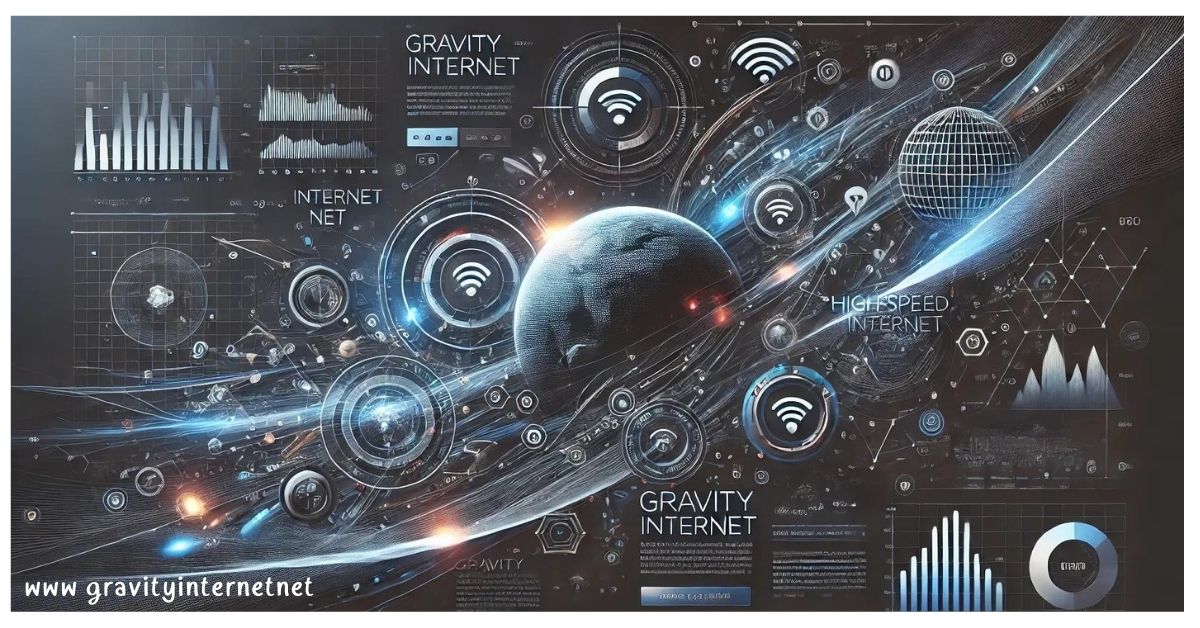Drones have evolved significantly over the past decade, driven by advancements in design technologies. These innovations have not only expanded the potential applications of drones but also improved their performance, reliability, and user experience. This article delves into the key design technologies shaping the drone industry, exploring how they contribute to the development of cutting-edge aerial devices.
The Evolution of Drone Design Technologies
Drones, also known as unmanned aerial vehicles (UAVs), have transitioned from rudimentary devices to sophisticated machines capable of a variety of tasks. This evolution is largely due to advancements in design technologies, which have enhanced the capabilities and functionalities of drones. By leveraging cutting-edge technologies, manufacturers have been able to create drones that are more efficient, versatile, and user-friendly.
Lightweight Materials and Aerodynamics
One of the most significant advancements in drone design is the use of lightweight materials. Innovations such as carbon fiber composites and advanced polymers have made drones lighter and more durable. These materials not only reduce the overall weight of the drone but also enhance its aerodynamic performance. As a result, drones can achieve better flight stability and longer flight times, while also being more agile in the air.
Advanced Propulsion Systems
The propulsion system is a crucial component of drone design, impacting both its efficiency and performance. Modern drones often utilize brushless motors and high-efficiency propellers that provide more power with less energy consumption. These advancements enable drones to fly longer distances, carry heavier payloads, and maneuver more precisely. Additionally, innovations in propulsion technology have led to quieter and more stable flight, reducing noise pollution and improving user experience.
Integrated Sensors and Imaging Technologies
Another major development in drone design is the integration of advanced sensors and imaging technologies. Drones now come equipped with high-resolution cameras, thermal sensors, and LiDAR systems, allowing them to capture detailed imagery and data from various perspectives. These technologies enable drones to perform tasks such as aerial surveying, infrastructure inspection, and search and rescue operations with greater accuracy and efficiency.
Autonomous Flight Capabilities
Autonomous flight technology has revolutionized the way drones operate. Through the use of sophisticated algorithms and artificial intelligence (AI), drones can now perform complex flight maneuvers and tasks with minimal human intervention. This includes features such as automated navigation, obstacle avoidance, and intelligent flight path planning. As a result, drones can carry out missions more reliably and with greater precision, making them invaluable tools for various industries.
Enhanced Battery Life and Energy Efficiency
Battery life is a critical factor in drone performance, and advancements in battery technology have significantly improved this aspect. Newer drone models often feature high-capacity lithium-polymer (LiPo) batteries that offer extended flight times and faster charging capabilities. Additionally, energy-efficient components and smart power management systems contribute to longer operational periods, allowing drones to complete more complex and extended missions.
Modular and Customizable Designs
The trend towards modular and customizable drone designs allows users to tailor their drones to specific applications and needs. Modular drones feature interchangeable components such as cameras, sensors, and payloads, making it easier to adapt the drone for different tasks. This flexibility enhances the versatility of drones and enables users to optimize their equipment for various scenarios.
User-Friendly Control Systems
Advancements in control systems have made operating drones more accessible and intuitive. Modern drones often come with advanced flight controllers, intuitive user interfaces, and real-time telemetry data. These features simplify the operation of drones, allowing both novice and experienced pilots to manage their devices with ease. Additionally, mobile apps and remote controllers provide users with a seamless and immersive flying experience.
Advanced Communication Technologies
Effective communication is essential for drone operation, especially for tasks that require real-time data transmission. Design innovations in communication technologies have led to the development of robust and reliable communication systems. This includes advancements in radio frequency (RF) technology, satellite communication, and wireless networking. These technologies ensure that drones can maintain stable connections with their operators and transmit data efficiently.
Enhanced Safety Features
Safety is a top priority in drone design, and modern drones are equipped with various safety features to prevent accidents and ensure secure operations. These features include emergency stop functions, fail-safe mechanisms, and automatic return-to-home capabilities. By incorporating these safety measures, designers enhance the reliability of drones and reduce the risk of operational failures.
Environmental and Regulatory Considerations
Design technologies also take into account environmental and regulatory factors. Drones are designed to meet stringent regulations and guidelines set by aviation authorities, ensuring they operate safely and legally. Additionally, designers are increasingly focusing on eco-friendly materials and practices to minimize the environmental impact of drone manufacturing and operation.
Conclusion
The field of drone design is continuously evolving, driven by advancements in technology that enhance performance, functionality, and user experience. From lightweight materials and advanced propulsion systems to autonomous flight capabilities and user-friendly control systems, these innovations are shaping the future of drones. As technology continues to progress, we can expect even more exciting developments that will expand the capabilities of drones and their applications across various industries.
FAQs
What materials are commonly used in drone design?
Drones commonly use lightweight materials such as carbon fiber composites and advanced polymers. These materials reduce the overall weight of the drone, improve aerodynamics, and enhance durability.
How do autonomous flight capabilities benefit drones?
Autonomous flight capabilities allow drones to perform complex maneuvers and tasks with minimal human intervention. This includes automated navigation, obstacle avoidance, and intelligent flight path planning, leading to more precise and reliable operations.
What advancements have been made in drone battery technology?
Advancements in drone battery technology include the development of high-capacity lithium-polymer (LiPo) batteries that offer extended flight times and faster charging. Additionally, energy-efficient components and smart power management systems contribute to longer operational periods.
How do modular drone designs enhance versatility?
Modular drone designs feature interchangeable components such as cameras, sensors, and payloads, allowing users to customize their drones for specific applications. This flexibility enhances the versatility of drones and enables optimization for various tasks.
What safety features are commonly found in modern drones?
Modern drones are equipped with safety features such as emergency stop functions, fail-safe mechanisms, and automatic return-to-home capabilities. These features help prevent accidents and ensure secure operations.











